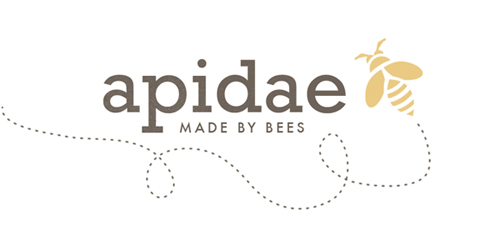Well, actually, it's more of a calendar for the beekeeper. The bees already know when they need to do what. As a new beekeeper, I want to make sure I don't miss anything. So here's my attempt at organizing the bee year in a handy to-do list. The beekeeping year has two halves, divided by the solstices (the summer solstice on June 21 and the winter solstice around December 22), when the sun is either at it's northern or it's southern most point in relation to the equator.
For all of us in the northern hemisphere, we are just looking forward to Summer when the summer solstice finally comes around. But for the bees, their season is winding down as all of the nectar from the bountiful Spring begins to disappear. The queen will slow down and the colony will get smaller.
June
A strong colony could already have produced enough honey for a first honey harvest.

July
Check the varroa situation. Add the bottom board. For five days straight, count the number of mites in the hive. If fewer than five a day, no need to treat yet. If more than ten, you need to treat the hive with formic acid immediately, perhaps even before the honey harvest. Better to lose the honey than to lose the hive. Remove the board.

August
This is the time of the year every beekeeper anxiously awaits - the honey harvest. The honey should be 80% capped before beginning to harvest. If you harvest too early, you run the risk that the bees stop producing honey. But if you wait too long, you run the risk of the bees consuming the honey they have gathered. Also, it's difficult to harvest the honey if the temperatures get too cold. The honey super can be removed after the final harvest.
Check again for varroa. If the count is above ten mites, you need to treat the hive in August immediately following the honey harvest. Otherwise, you can hold off until September (when the mite count is between 15 and 25).

September
Treatment with formic acid should be done immediately following the last honey harvest. Treatment is done three times (once before feeding and once or twice after feeding). Three to five days is allowed between each treatment.
Several methods are available for treating with formic acid. I plan on using the sponge method and will describe this in a later post. But as far as timing goes, the sponge with the formic acid is added directly on the frames of the upper brood box. Remove the sponge two days later. The acid should have evaporated completely and the sponge should be dry.
At this time, feeding can be done. Feed the bees a thick sugar syrup (3:2 sugar to water). Make sure the bottom board is removed during feeding. As soon as the bees have emptied the sugar water (they will need approximately one week for five liters), you should begin with the second treatment of formic acid, approximately one week later.
So all in all, the process of varroa treatment and feeding takes approximately 9 days.
At this point, you can also stop cutting out the drone brood as the drones are evicted around this time.
October
Add a mouse guard.

November/December
Check the bees for mites again in November. If more than one mite per bee is found, a winter treatment must be performed with oxalic acid. Check for mites ten and again at 20 days after treatment. The bottom board may now be removed for the winter.
January/February
Keep the entrance to the hive clear of dead bees.
March
Add the bottom board to keep the brood warm once the queen starts laying. Make sure the bees have enough food. If the weather is exceptionally cold in early Spring, they may not be able to collect enough nectar for themselves. If this is the case, feed them a thin sugar syrup (1:1 sugar to water). Remove the mouse guard.

April
Remove the bottom board. At this point, the bees should be carrying in plenty of nectar. It's easier for them to dry all that nectar with more air circulating through the hive.
May
Check the hive for swarm cells once a week. Time to add a honey super when the second brood box is about 80% full. At the same time, add a drone frame to the outer edge of the upper brood box. Two weeks later, add a second drone frame. And again two weeks later, the first added drone frame may be cut out and replaced (meaning it was in the hive for a total of four weeks). This schedule continues then with removing the drone brood every two weeks.

Anything I forgot? Please let me know if any of my beekeeper readers do things differently. So much to learn!
